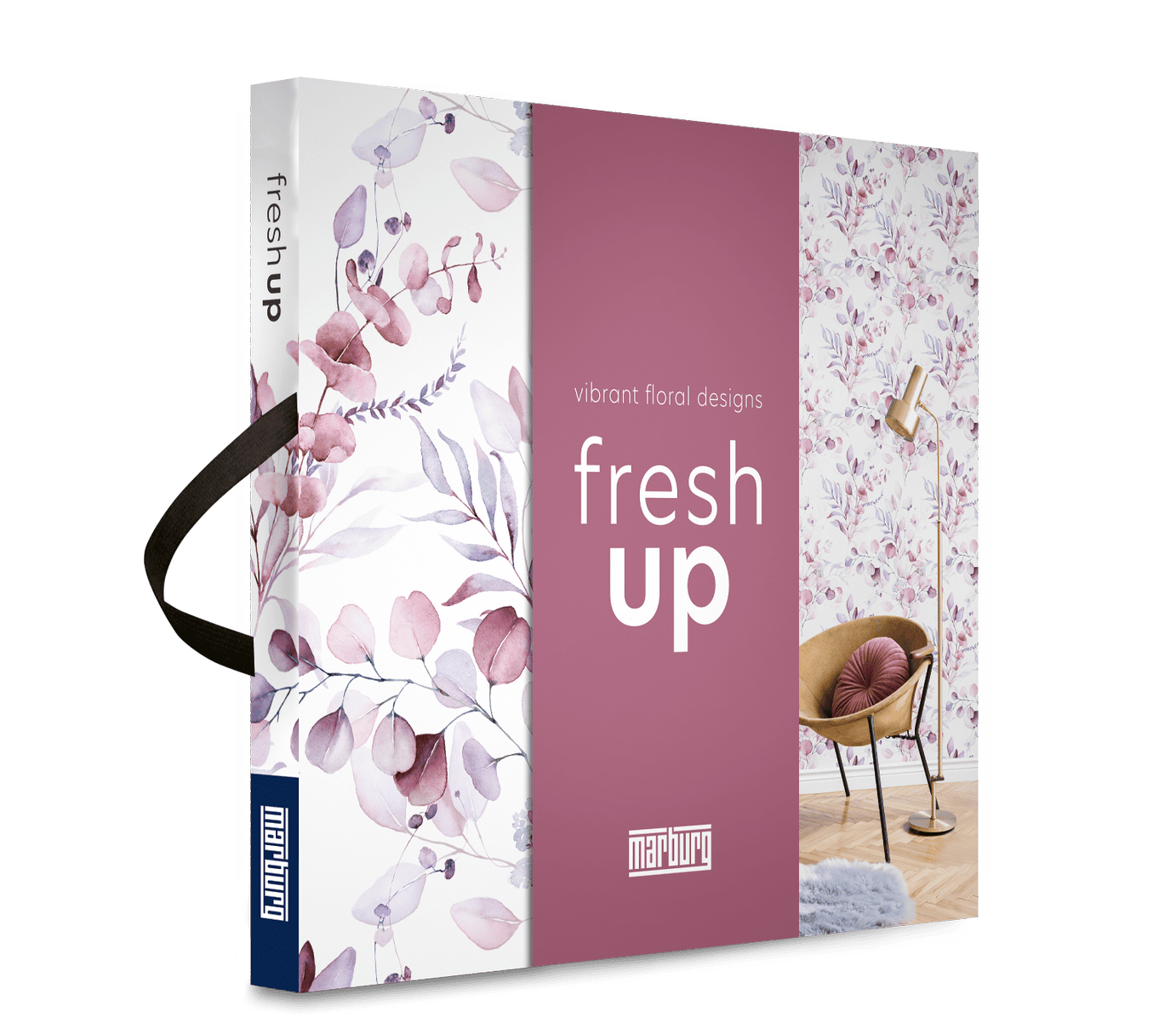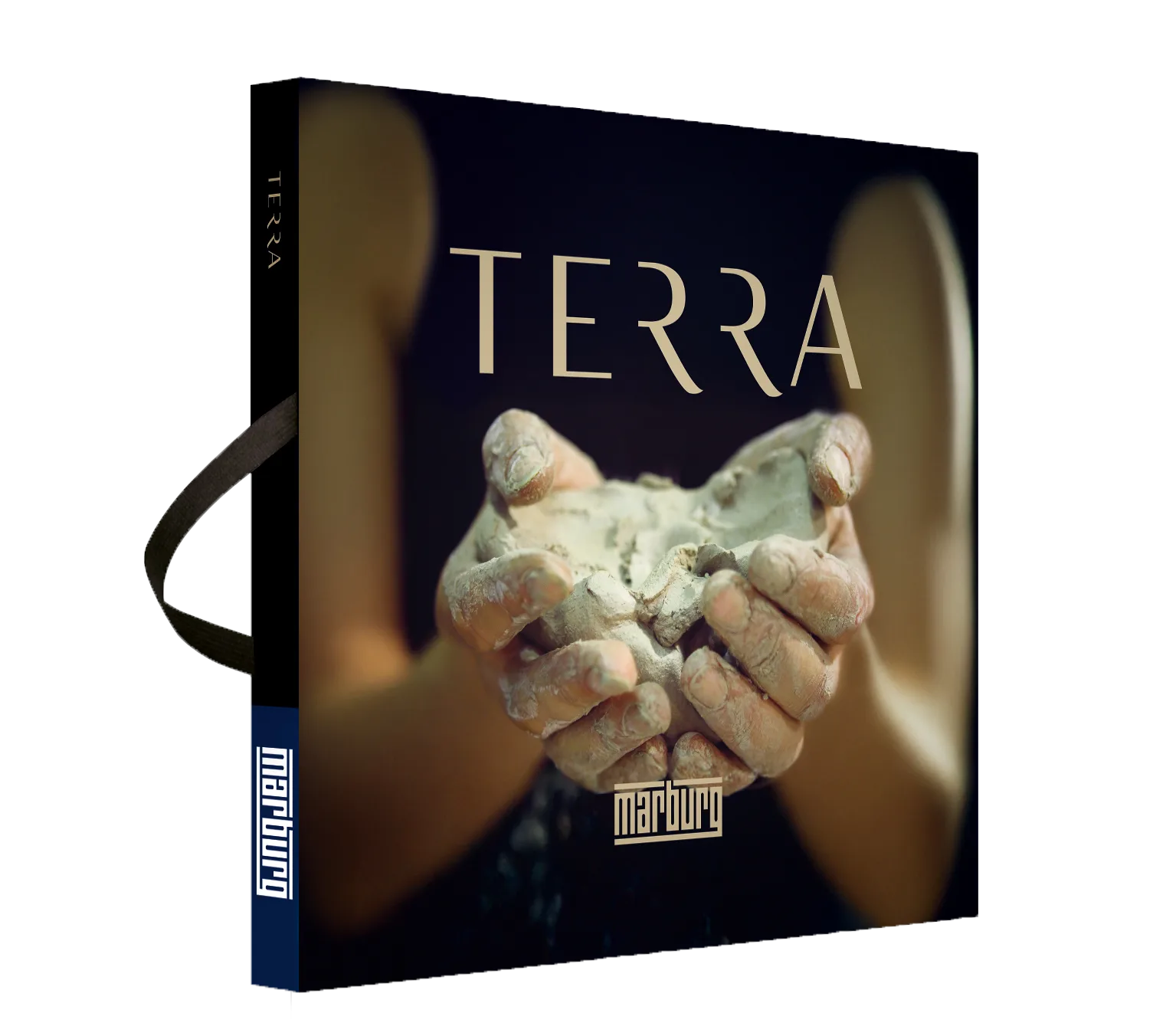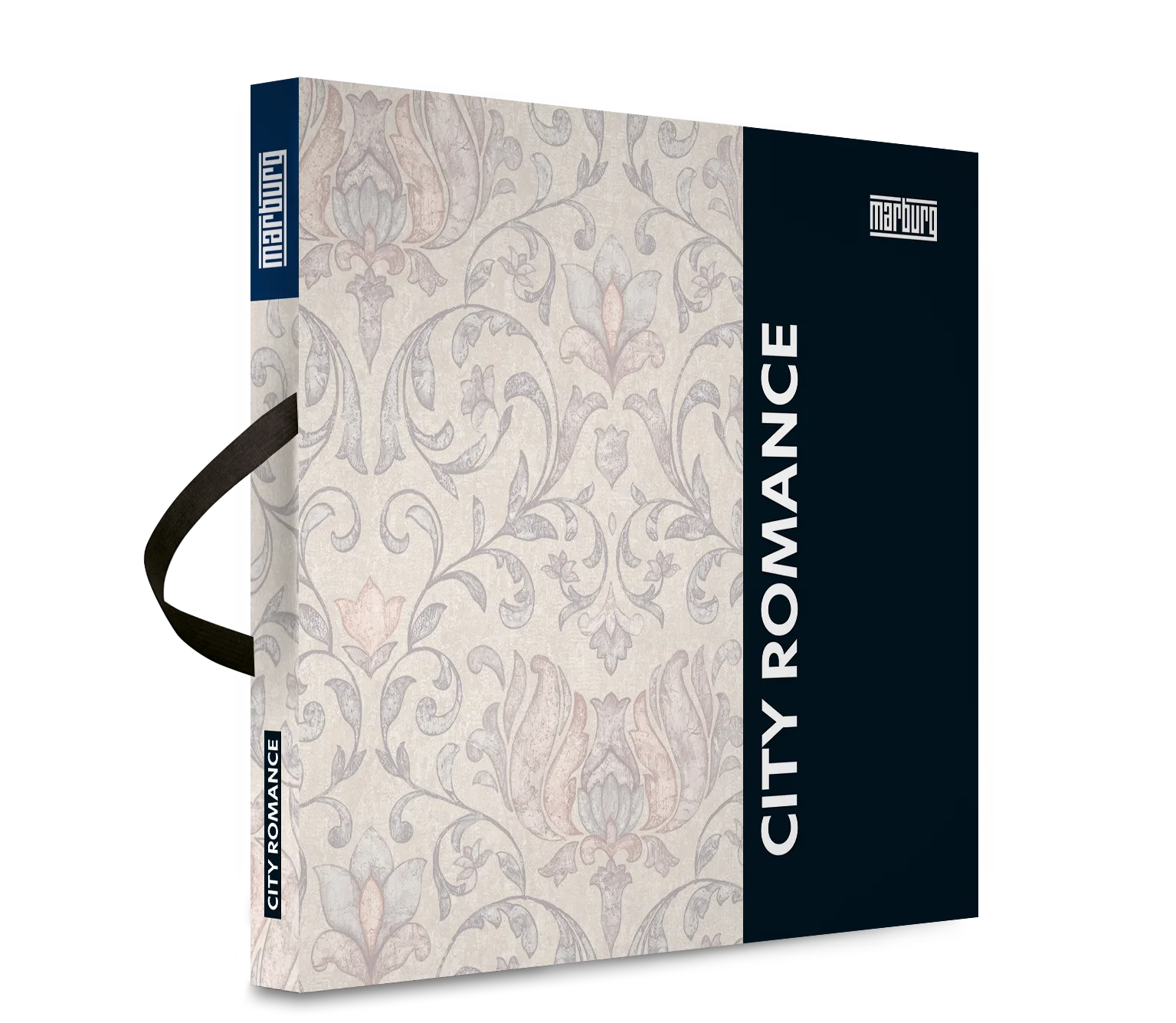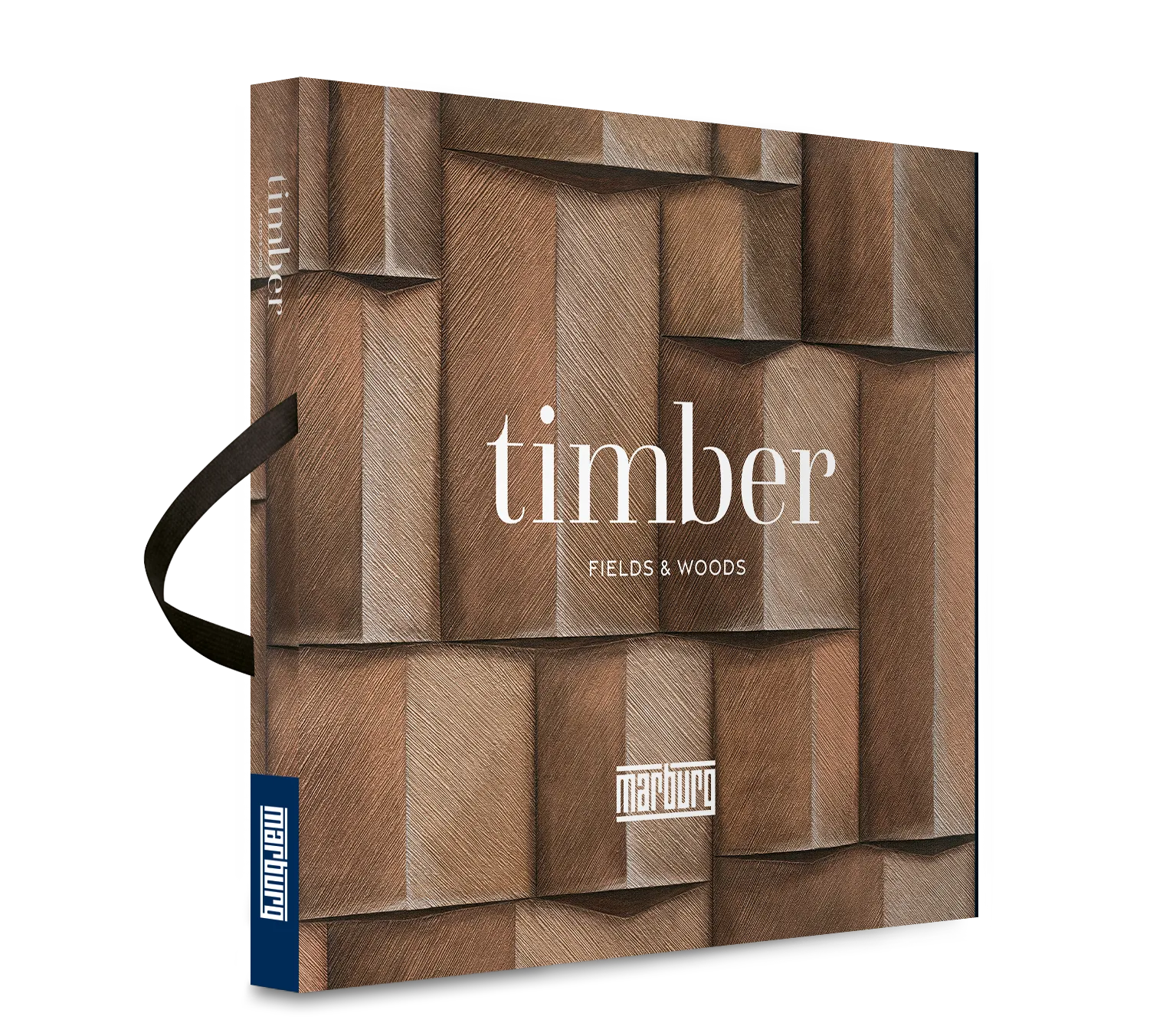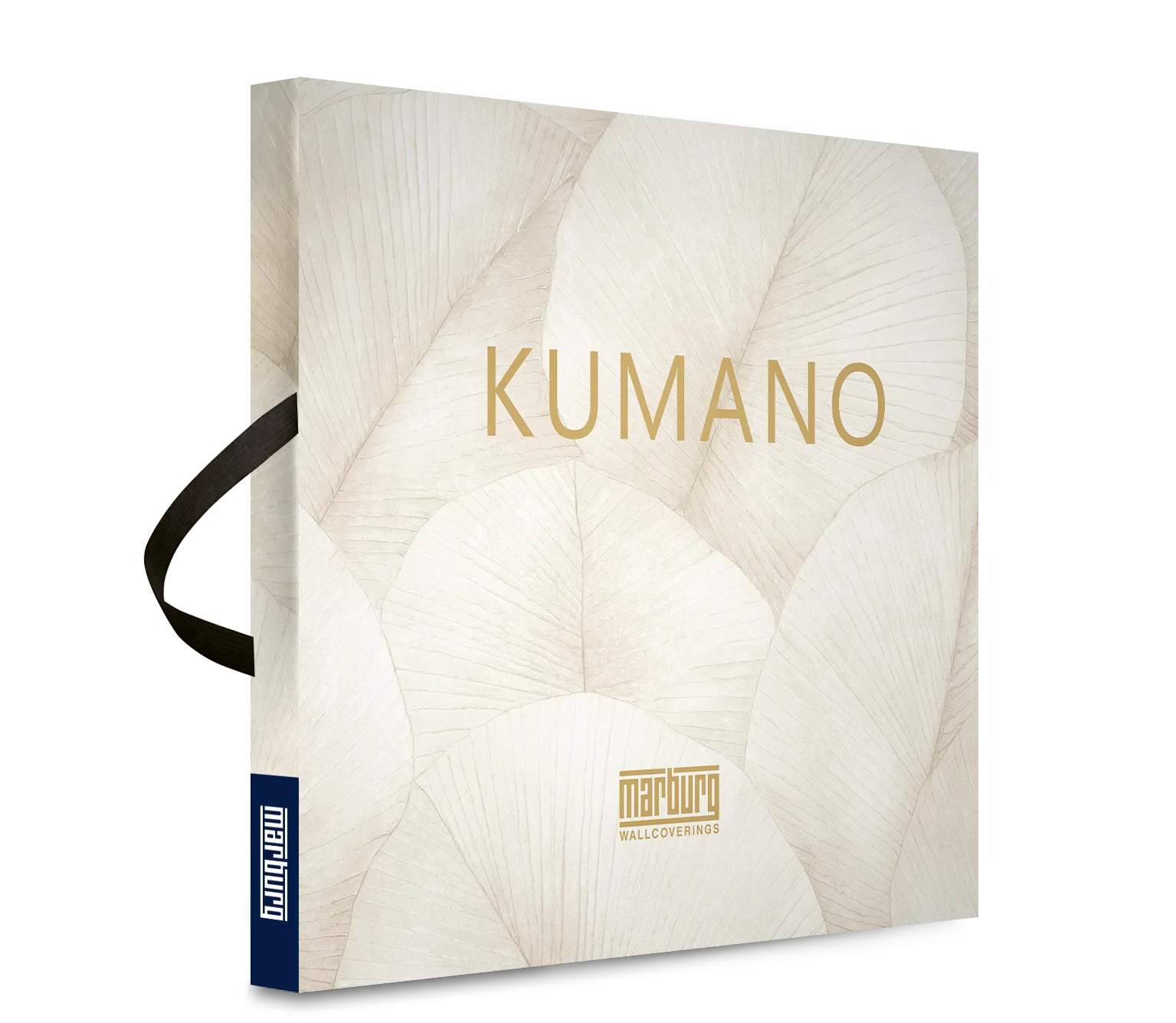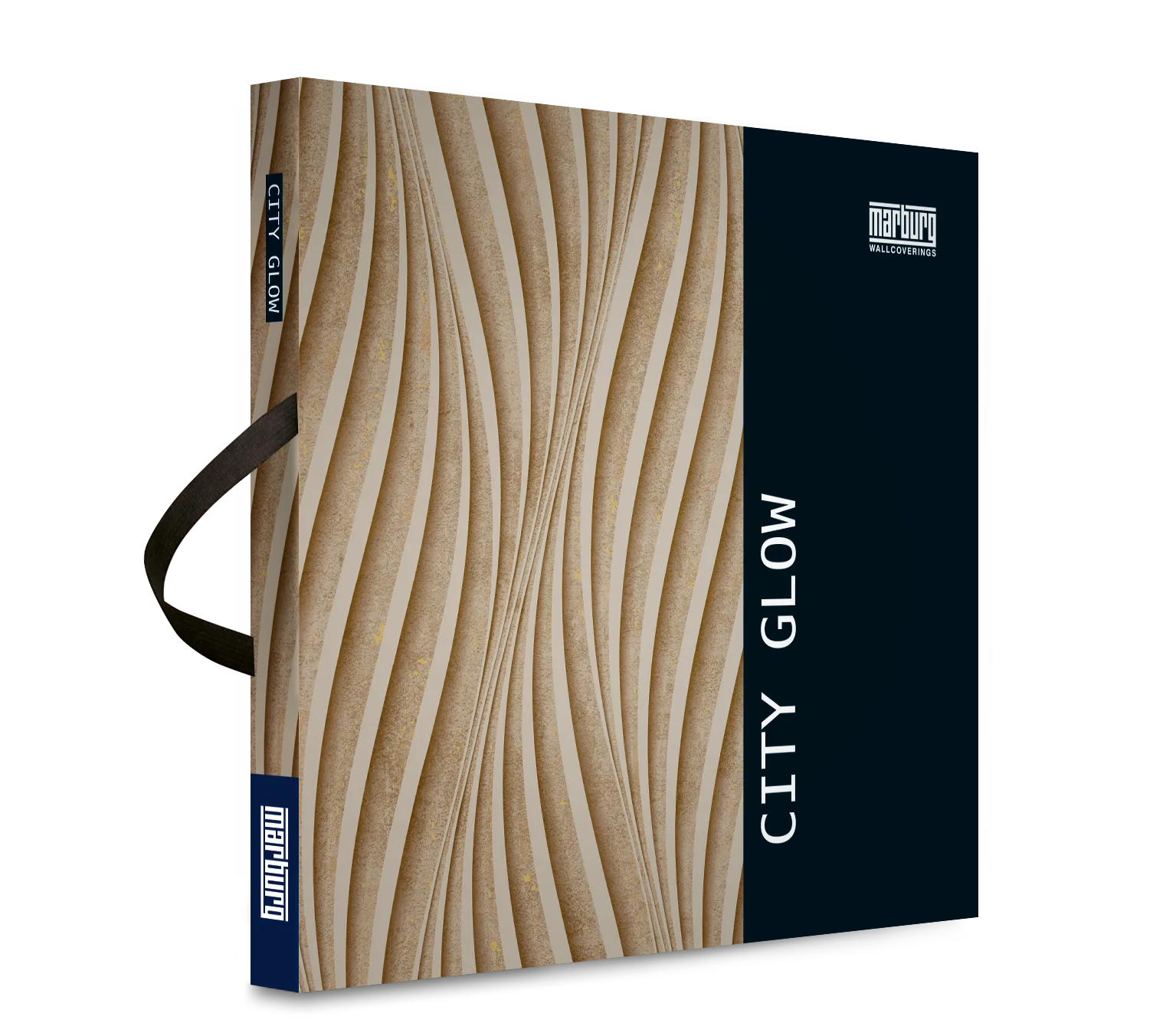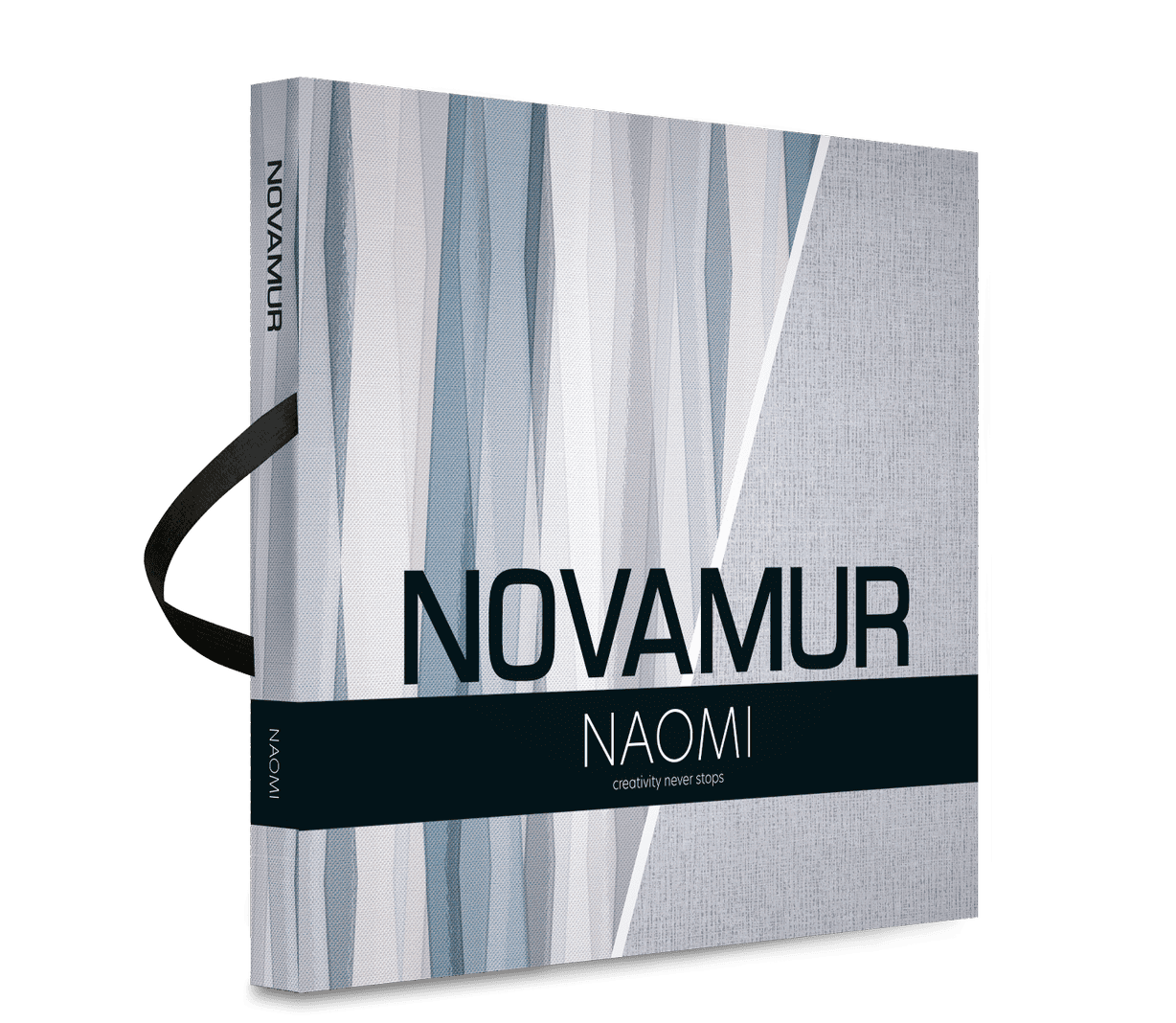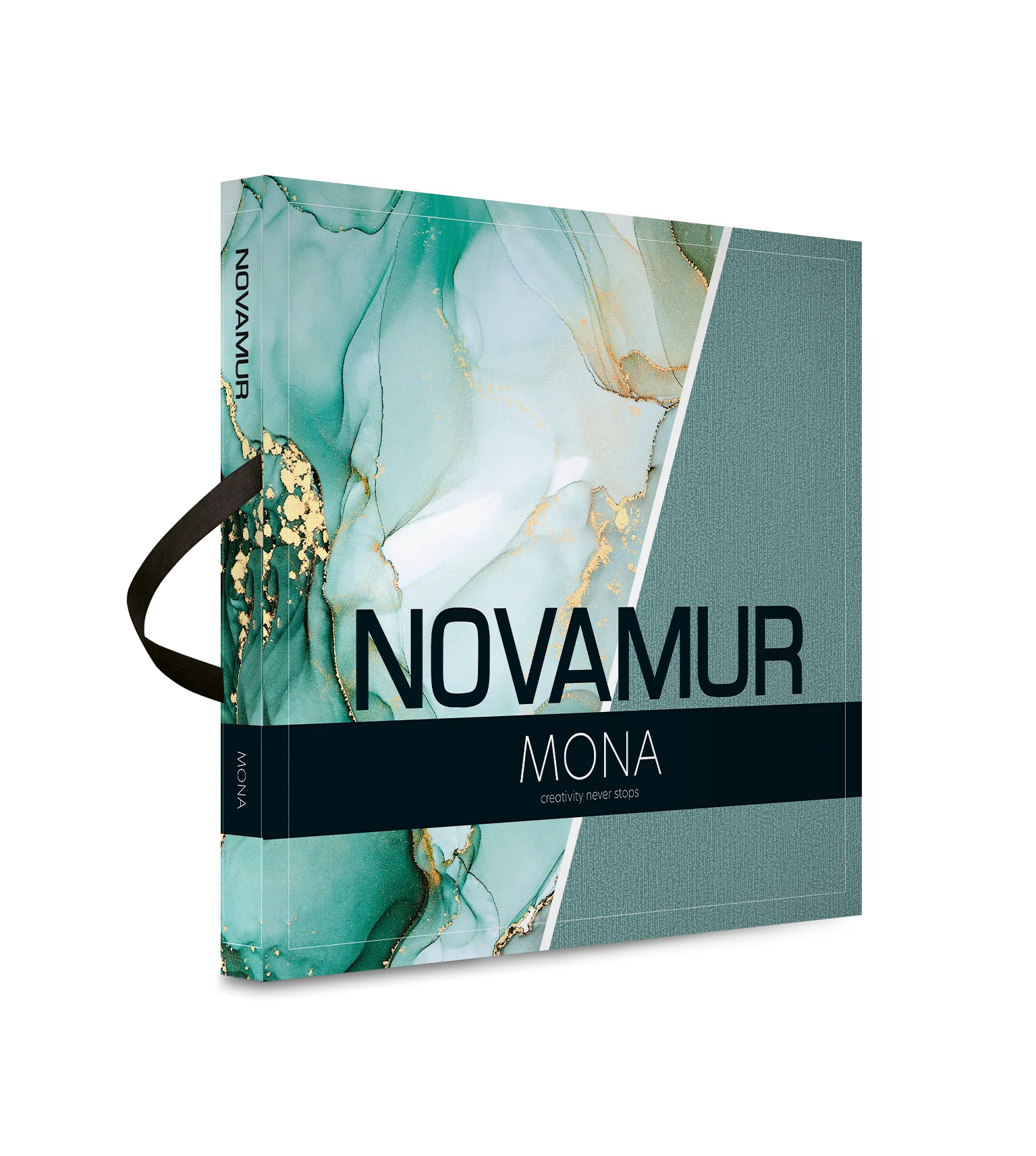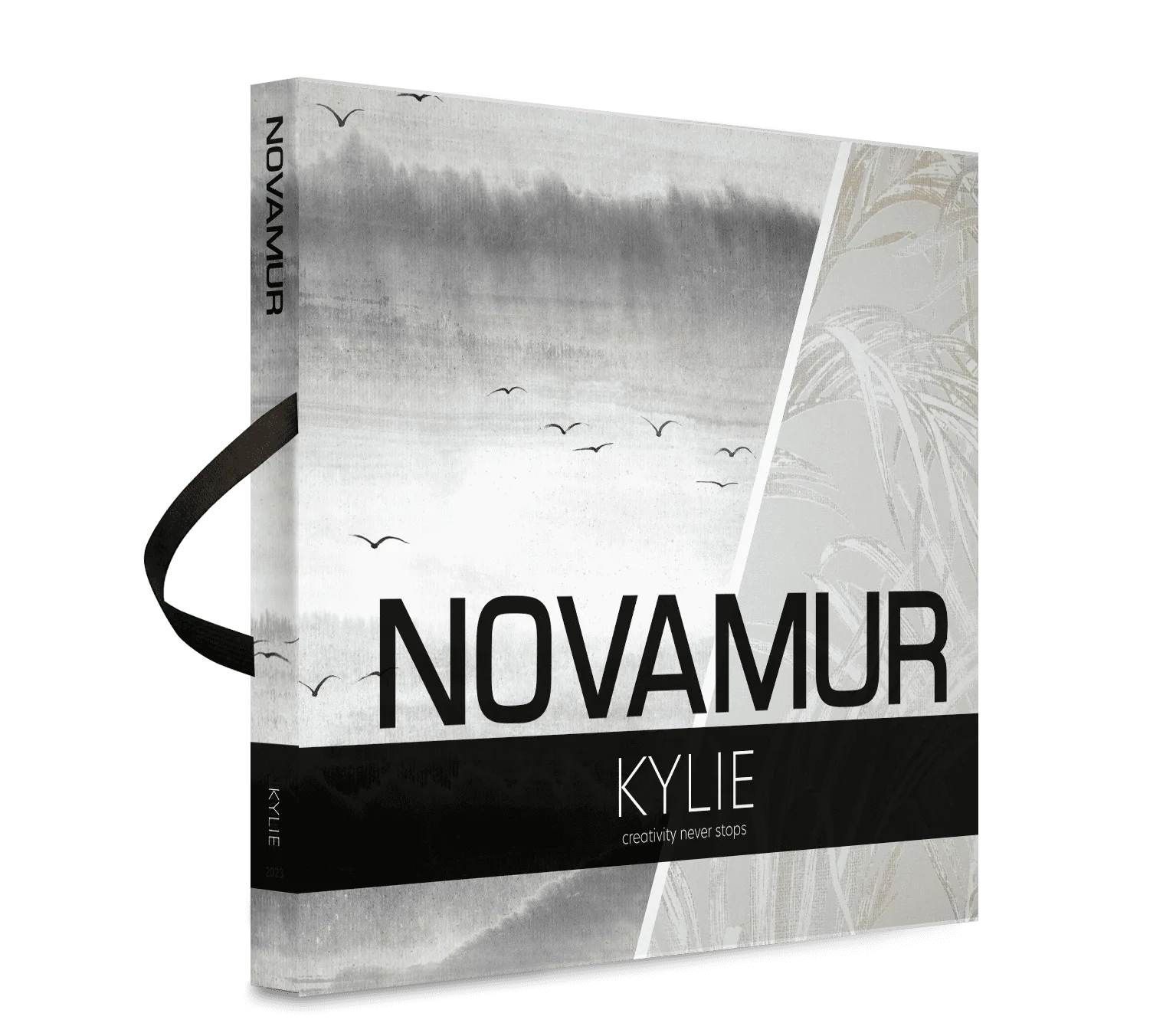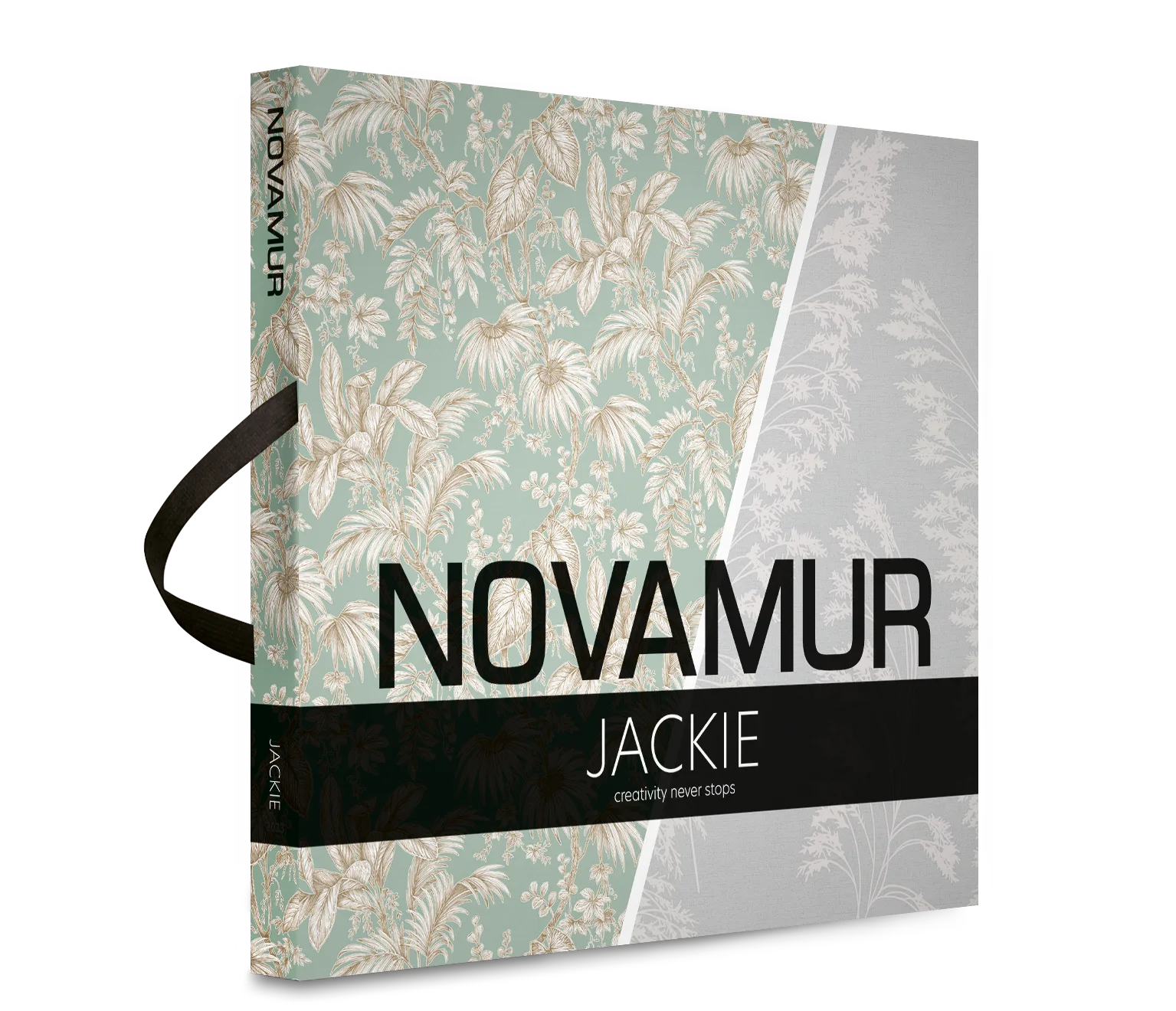Self-Adhesive Wallpapers: Easy and Mess-Free Removal
Self-adhesive wallpapers are a popular option for quickly and stylishly decorating walls – whether in rental apartments, offices, or homes. But what do you do when you want a change of wallpaper or if the wallpaper no longer matches the current décor?
The good news: Self-adhesive wallpapers can generally be removed easily and without leaving any residue – as long as you follow the proper procedure!
In this article, we’ll show you the best methods to quickly, cleanly, and damage-free remove your self-adhesive wallpaper. Whether you’re peeling the wallpaper off painted walls, tiles, or furniture – these tips will help you succeed!
Why Self-Adhesive Wallpapers Can Be Removed Without Residue
Unlike traditional wallpapers applied with paste, self-adhesive wallpapers stick thanks to a special adhesion layer. This means:
- No paste, no glue residue
- Easy removal without damaging the wall
- Ideal for rental apartments or temporary décor
However, in some cases, the wallpaper may not peel off easily, especially if it’s been on the wall for a long time or is stuck to uneven surfaces. In such cases, heat, moisture, or special cleaning products can help.
Step-by-Step Guide: Removing Self-Adhesive Wallpapers
- Test if the Wallpaper Peels Easily
Before using any tools, test if the wallpaper can be peeled off easily by hand.
Grab a corner or edge of the wallpaper and slowly and evenly pull it off.
If it comes off effortlessly, you can remove the entire wallpaper this way.
Tip: Pull the wallpaper parallel to the wall and at a shallow angle to get the best results. - Loosen the Wallpaper with Heat (For Strong Adhesion)
If the wallpaper does not peel off easily, heat can help loosen the adhesive.
Set a hairdryer to medium heat and warm the wallpaper evenly.
Start especially at the edges, where the adhesion is often the strongest.
While blow-drying, try to peel the wallpaper off slowly.
Tip: Heat guns can also be used, but be sure not to hold them too close to the wall to avoid damage.
- Use Moisture to Soften the Adhesive
If heat is not enough, you can dampen the wallpaper with water or a soapy solution.
Fill a spray bottle with lukewarm soapy water or a vinegar-water mixture.
Lightly spray the wallpaper and let it sit for a few minutes.
Then, try to peel it off again.
Tip: Don’t use too much water, especially on sensitive walls like drywall, as they can swell. - Remove Glue Residue (If Necessary)
In most cases, no glue remains, but if there is any, there are several ways to remove it:
Apply mild soapy water or vinegar water with a soft cloth and gently wipe it off.
Special adhesive removers for wallpapers can dissolve stubborn residue.
Use an eraser or a cleaning eraser for small sticky spots.
Tip: After cleaning, wipe the wall with clean water and let it dry thoroughly before applying new wallpaper.
Special Cases: Removing Self-Adhesive Wallpapers from Different Surfaces
Not every wall or surface reacts the same way. Here are some special cases and the best solutions:
- Removing Self-Adhesive Wallpaper from Painted Walls
Be careful as some paints may peel off with the adhesive.
If paint comes off, sand the wall after removing the wallpaper and repaint it. - Removing Self-Adhesive Wallpaper from Furniture or Doors
Use a hairdryer or slightly damp cloths to loosen the adhesive.
Avoid using a sharp scraper to prevent scratches. - Removing Self-Adhesive Wallpaper from Tiles
Since tiles are smooth, the wallpaper should come off easily.
Any leftover adhesive can be removed with lemon juice or vinegar-water solution.
Common Mistakes When Removing Self-Adhesive Wallpapers
- Pulling too hard → Can damage the wall.
- Not testing beforehand → Check how well the wallpaper comes off first.
- Using too much water → Can soften drywall.
- Poor preparation → Use heat or moisture before applying excessive force.
Conclusion – How to Easily Remove Self-Adhesive Wallpapers!
Self-adhesive wallpapers are a practical and flexible solution for decorating spaces – and just as easily, they can be removed!
With the right method, you can remove them without leaving residue and without damaging walls or furniture. Whether by peeling evenly, using heat, or moisture – there’s a technique for every situation.
So, if you’re ready for a new design, you can quickly and easily remove your old wallpaper – making room for new creative ideas!

